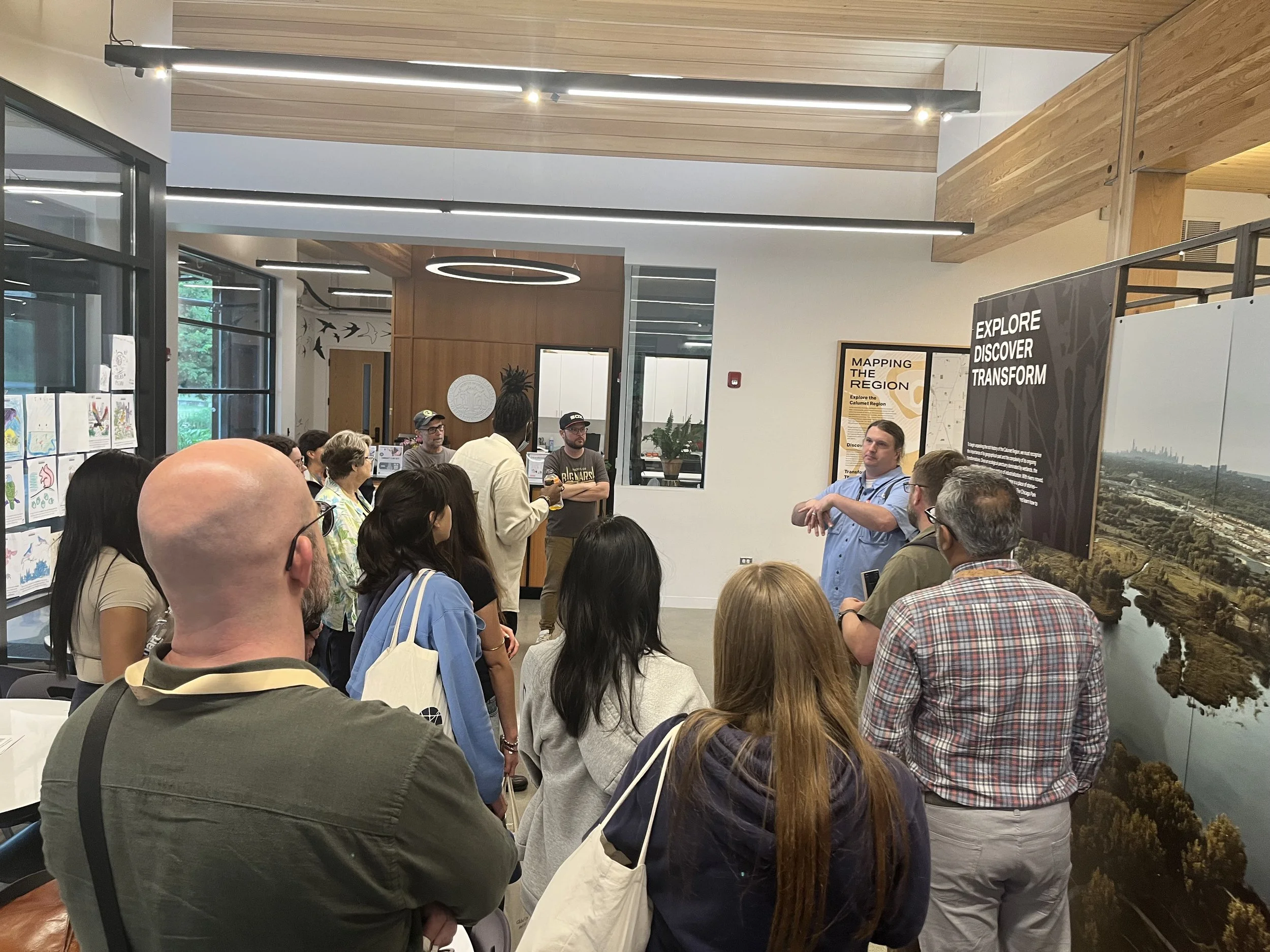Tiny Insects, Big Revelations
A beetle (Stolas lebasii) collected in the Guanacaste region of Costa Rica. Photo credit: Centre for Biodiversity Genomics
How one team of scientists is using groundbreaking insect studies to expand our understanding of the world we live in
Most people don’t know that there are more than 100,000 species of wasps. That’s more than the number of all known species of fish, reptiles, mammals, amphibians, and birds combined, according to National Geographic.
By any measure, insects are by far the most diverse category of living things on our planet. Understanding and cataloging their genetic makeup is crucial to our understanding of the natural world we live in. And yet–scientists are struggling to keep up.
“About a million insect species have been named, but it’s generally agreed that many more—by recent estimates some four million more—have yet to be discovered,” writes Elizabeth Kolbert.
Unfortunately, because of the time and labor and cost involved in identifying, sampling, and recording the DNA of the many millions of different insect species that may exist, there is a huge gap in global scientists’ ability to keep up with the ever-changing biodiversity of many of our planet’s more remote landscapes.
Walder Foundation, along with the Guanacaste Dry Forest Conservation Fund, has stepped in to support the BioAlfa/BIOSCAN initiatives at the Centre for Biodiversity Genomics in their quest to find, sample, and sequence two million insect specimens from the incredibly lush and dynamic Guanacaste dry forest region of Costa Rica. In addition to revealing tens of thousands of new species, the project will help researchers track and understand interactions between species, as well as understand how population changes interplay with shifting climate and ecosystems.
“These studies are transforming understanding of the diversity and distributions of species in Costa Rica's ecosystems, a country that is home to at least 2% of the world's biodiversity. As such, our work is developing an approach that can inform understanding of biodiversity shifts on a global scale,” says Paul Hebert, Director of the Centre for Biodiversity Genomics.
Since 2012, the BioAlfa team has deployed special traps at 39 sites throughout northwestern Costa Rica, which have collectively trapped an average of some 8,500 specimens per week. The locations were chosen based on their diverse representation of three different climate types: cloud forest, dry forest, and rainforest.
With support from Walder Foundation, in 2020, the group was able to move forward with performing detailed analysis and cataloging of more than a million of these collected specimens. Until then, the time-consuming nature and high cost of specimen photography had kept progress slow–but now, in the two years since the funding was received, more than 2.25 million insect specimens have been barcoded–work which has revealed about 50,000 insect species. At least half of these species represent totally new discoveries to science.
Get more stories like this delivered to your inbox.
Sign up with your email address to receive news and updates.











